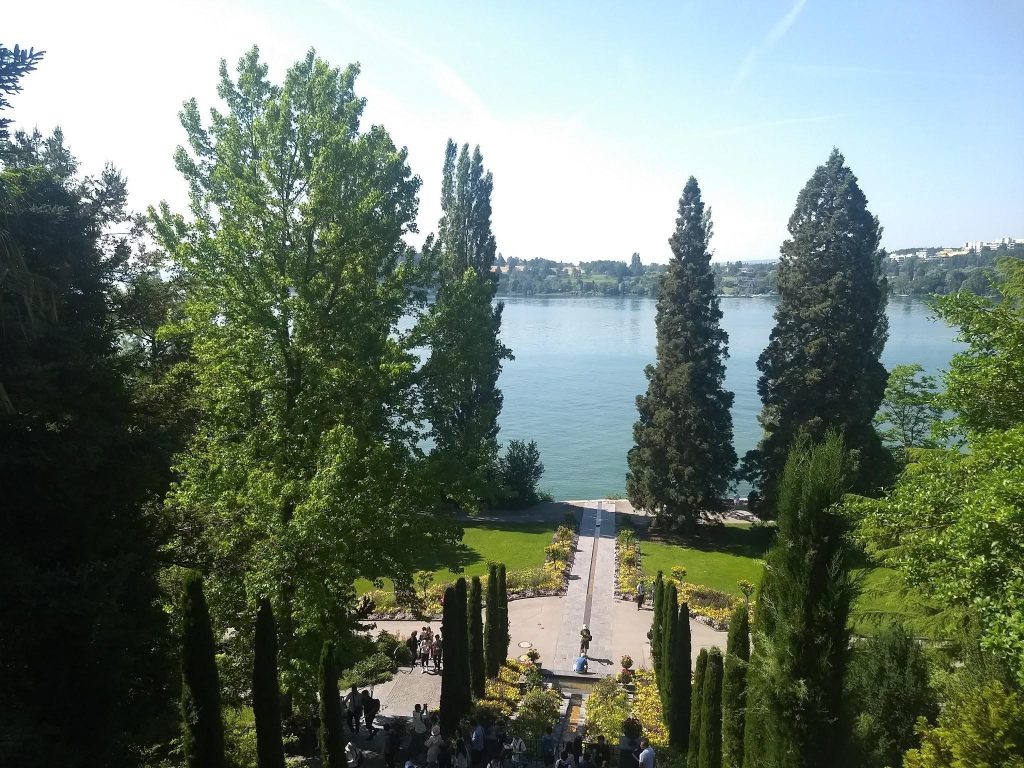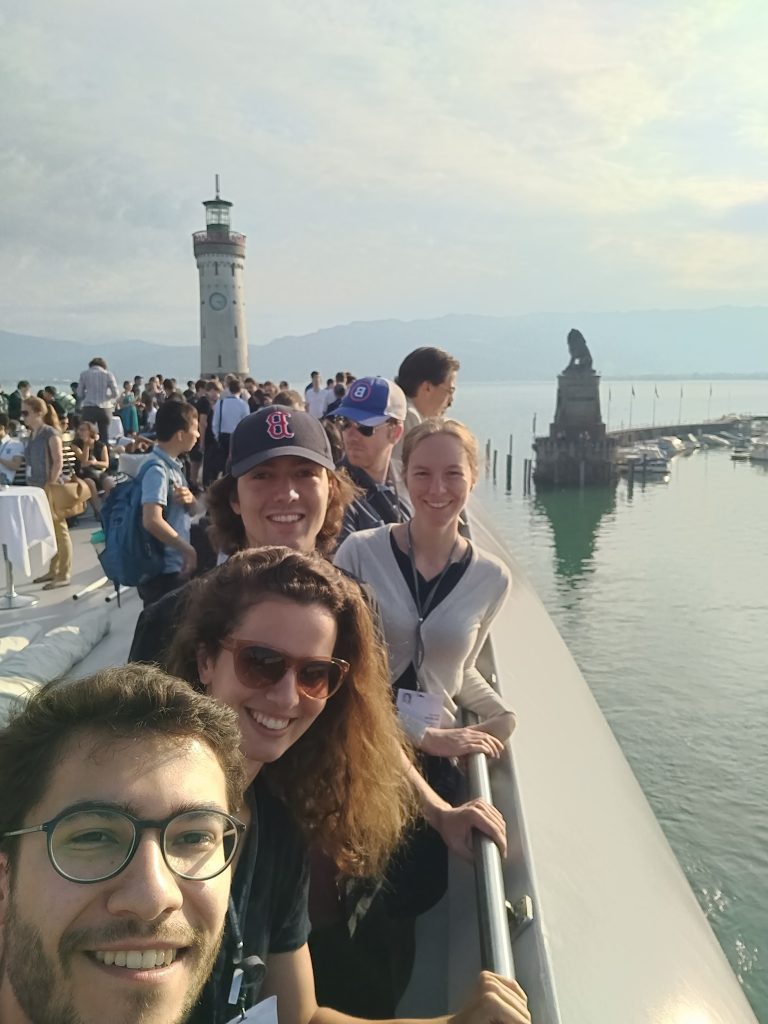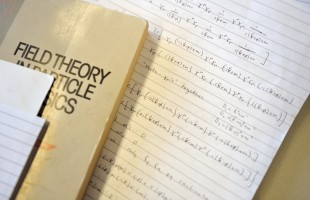I’m Philine van Vliet, a master student in Theoretical Physics at the University of Amsterdam. I am currently finishing my master thesis in the Theory group at Nikhef, about Flavour Physics and CP Violation, under the supervision of Robert Fleischer. From 30-06 to 05-07, I’ll attend the Lindau Nobel Laureate Meeting in Physics, where 600 young physicists have an opportunity to interact with 40 Nobel laureates, to talk about science, life, and careers. I will write about my experiences in a short blog, sharing interesting physics, life-changing advice and other juicy stories. For more information about the event, photos, and recordings of the talks, see also https://www.lindau-nobel.org.
On the 20th of May this year (which is World Meteorology Day), the base units of the SI unit system has been revised, leading to a redefinition of the kilogram, the ampère, the mole, and the kelvin, and the second would also soon need a new definition. Now, each of the base units is fixed by the values of fundamental constants of nature. Before, 1 kg was defined as the weight of a certain object made of a platinum-iridium alloy, locked away in a vault in Sèvres, close to Paris. As you can imagine, it is not a very robust definition of a base unit. Or, as Bill Phillips said in his talk on Monday: “If you would pick it up, and leave a fingerprint on it, the rest of the Universe would lose weight”. Over the years, copies have been made, and they are compared to each other every now and then. Slowly, the weight of the different proto-kilograms has drifted away. So actually, at this point, the “true” kilogram can no longer be identified. Now, it is defined by the value of Planck’s constant. Below you will find the one and only formula in this blog (promise), showing how the new kilogram can be defined:
M (mass in kg) = h (Planck’s constant) * f (frequency, 1/second) / c^2 (the speed of light in vacuum)
The revision of the SI unit system was so important that not only Bill Phillips gave a talk on it, but also Klaus von Klitzing shared this accomplishment with us on Thursday. He got the Nobel Prize for discovering the Quantum Hall Effect, that is now used to determine the unit of resistance, ohm, through the Von Klitzing constant (depending itself on the charge of the electron and Planck’s constant). Brian Josephson, also present at Lindau, got a place on the list of fundamental constants, too, determining the volt.
After the celebration of the new SI unit system, Claude Cohen-Tannoudji shared his life story with us. It was the final plenary science talk of the meeting, and we could not have wished for a better one. Claude Cohen-Tannoudji comes from a great scientific family: both his supervisor (Alfred Kastler), his PhD student (Serge Haroche), and himself (of course) have won a Nobel Prize in physics. He told an intimate story about a man who got his passion for physics from great teachers and lecturers, and who was taught from an early age that studying and learning was one of the best things in life. Being inspired by the words “the best way to learn a topic is to teach it”, he started writing educational books. At the Lindau meeting, most people knew him as “the man from the quantum mechanics book”.
The dinner on Thursday was Bavarian-themed. Several Nobel Laureates showed up in their lederhosen. Since it was almost the end of the meeting, the dinner turned into one big photoshoot, to not forget all the people we met during the week. After discussing physics and politics with Brian Schmidt, we of course had to take a picture with him as well.
On Friday morning we had to get up early, but no one remembered their tiredness once we saw the boat that would take us to Mainau. Mainau is a smaller island, about three hours away by boat from Lindau. It belongs to the Swedish Royal family and can be best described as one giant botanical garden, with all sorts of plants and flowers. When we arrived, we had a talk and a panel discussion to look forward to. The talk was again by a Nobel Laureate, but for Peace instead of Physics. Tawakkol Karman talked about her people in Yemen, protesting against the dictator during the Arabic Spring, and still fighting for freedom today. She moved the whole audience by her passion for her country and Yemeni people, and her hope for a better future.
What scientists can and should do to improve this future, was discussed during the last panel discussion of the meeting. In line with Claude Cohen-Tannoudji, they stressed the importance of education and learning. Vinton Cerf, one of the “fathers of the Internet”, described our current view on how a human life should look like as: “learn a while, earn a while, and retire”. According to him, and the others on the panel, there should be at least an extra repetition of “learn a while” in there. Other topics such as environmental issues, trips to Mars and the contribution of science to society were discussed, leaving us with enough to do for the coming years.
We had some time afterwards to think about all the plans and problems that the future has in store for us, or to just enjoy a picnic on the island and a visit to the butterfly house. Then, after the closing speech by Countess Bernadotte, we assembled for the last time on the boat back to Lindau. And we ended this wonderful week of inspiring lectures, lively discussions, moving life stories and great people in the same way it started on Monday: a dance-off between Gérard Mourou and Donna Strickland.



